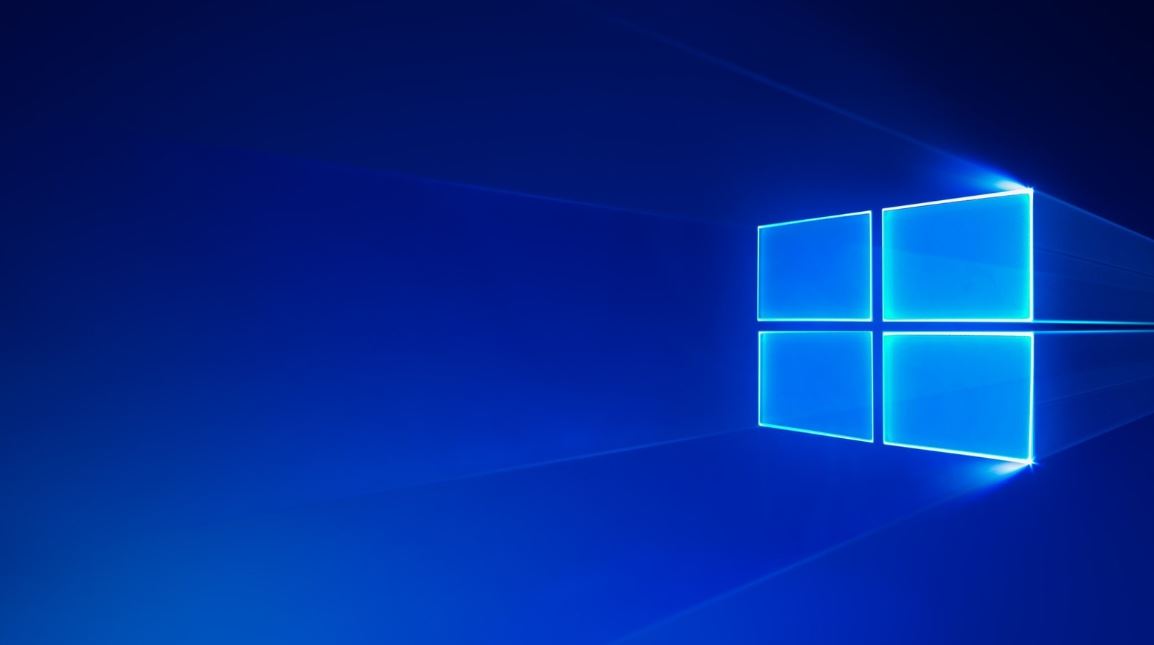Are you looking for important tips to boost your Windows 10 performance? In this article, we will show you a systematic guide on how to optimize your Windows 10 overall performance.
The current and still the latest operating system (OS) from Microsoft is the powerful Windows 10. Every person with a personal computer like a laptop or desktop PC, benefit a lot from using Windows 10.
This OS from Microsoft made it big when it was first launched. Due to its great applications and amazing interface, which works well with any kind of device, it gained a lot of popularity. However, like other operating systems, there are also some downsides.
Sudden glitches like lagging and bloatware can be very frustrating and stressful when you’re using Windows 10. Nevertheless, like any problems, there’s always a solution.
Here are the most important tips that you can use to speed up your Windows 10 Performance.
Tips to Boost Windows 10 Performance
1. Always update your OS and its drivers
Make sure that you always have the latest version of Windows 10 on your personal computer. Updates can remove bugs and malware. Additionally, updated drivers can keep your PC fully optimized, which can lead to a faster and better operating system. So, if you don’t want to experience problems like lagging PC or drivers malfunctioning, keep the Windows 10 updated all the time.
To update your OS, you simply need to go to the settings menu on your PC. Look for Update and Security, and then click it. Now, you’ll see the “Check updates” tab, click this and it will show a list of driver updates waiting for installation. Tap update and wait for the drivers to be downloaded. After the download, a restart prompt will pop out of your PC screen. Click restart and wait for Windows 10 to apply the updated drivers on your PC.
Note: Don’t turn off your PC while updating. Be patient until the update is complete.
2. Restarting computer
Multitasking can slow down your PC. When this happens, close some of the applications, browsers or programs that you’re currently using. This will help boost your Windows 10 performance. If closing some applications or programs won’t speed up your PC, then you may try restarting your computer.
The restart button is at the lower left of your PC screen. Tap the Windows icon and then click the power button. This will show you three options; the sleep, restart or shutdown. Click restart and wait for a few seconds and that’s it. Your PC should now be working faster than the previous version before the restart.
Note: Before you restart your PC, make sure you save your files first.
3. Random Access Memory (RAM) and Usage
Having a PC with higher memory (RAM) and knowing how much memory your PC has can help boost Windows 10 performance. There is a minimum RAM requirement for Windows 10 to run on a PC. For Windows 10 (32-bit) it needs 2GB while Windows 10 (64-bit) needs 4GB or more for better performance.
To check if your RAM is compatible with your Windows 10; go to the start menu button at the lower left of your desktop screen. Click the setting icon. Once you see the Control panel, look for the “System” tab and click it. Now, look for the “About” tab and tap it. In the “About” setting and look for “Installed Memory(RAM).” This will show you how much memory your PC has. If your RAM is below the requirement, consider adding more memory if possible.
Note: You can buy memory (RAM) in any online or physical technology shop. Just make sure you buy the minimum requirement for Windows 10 to run smoothly on your computer.

